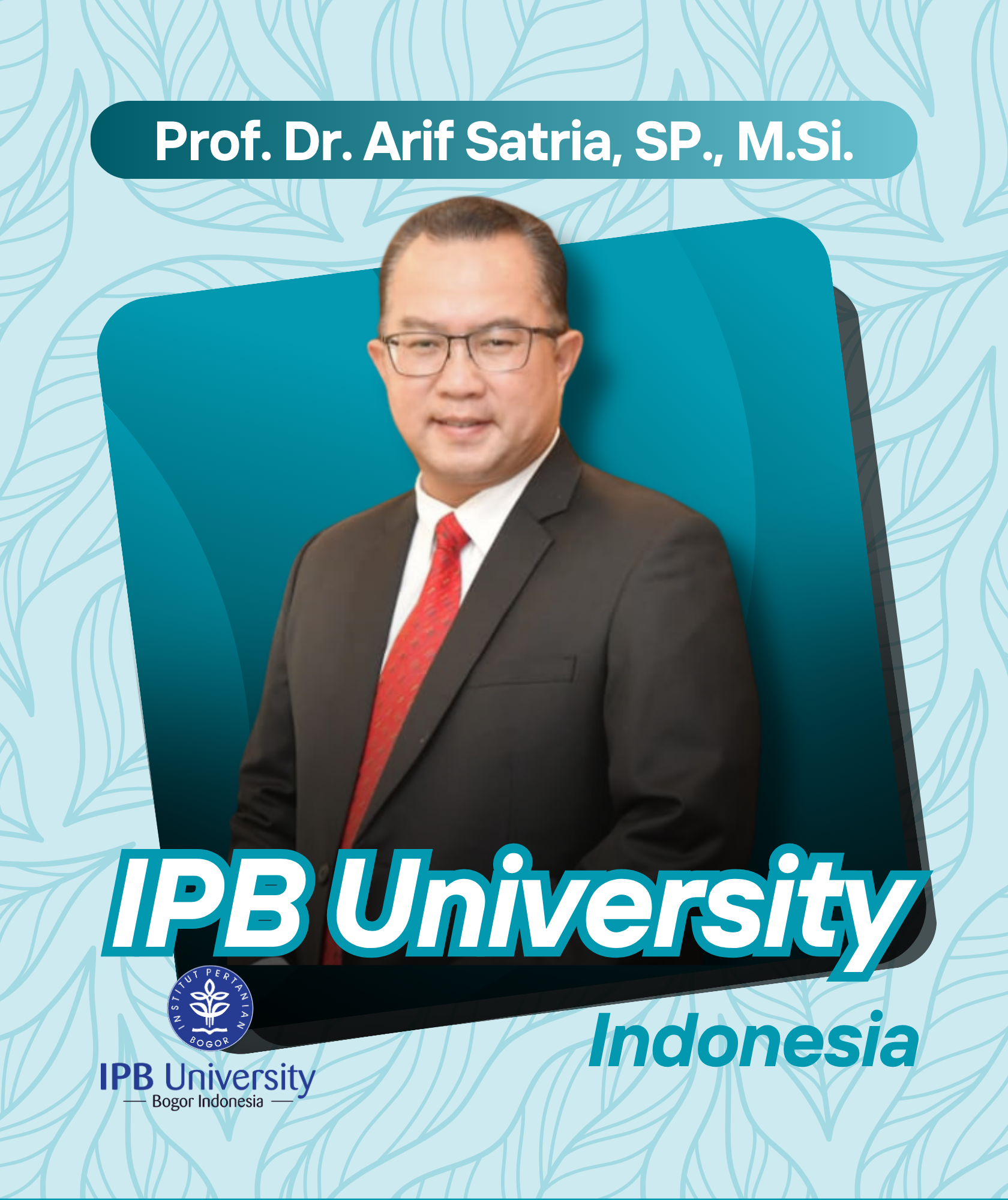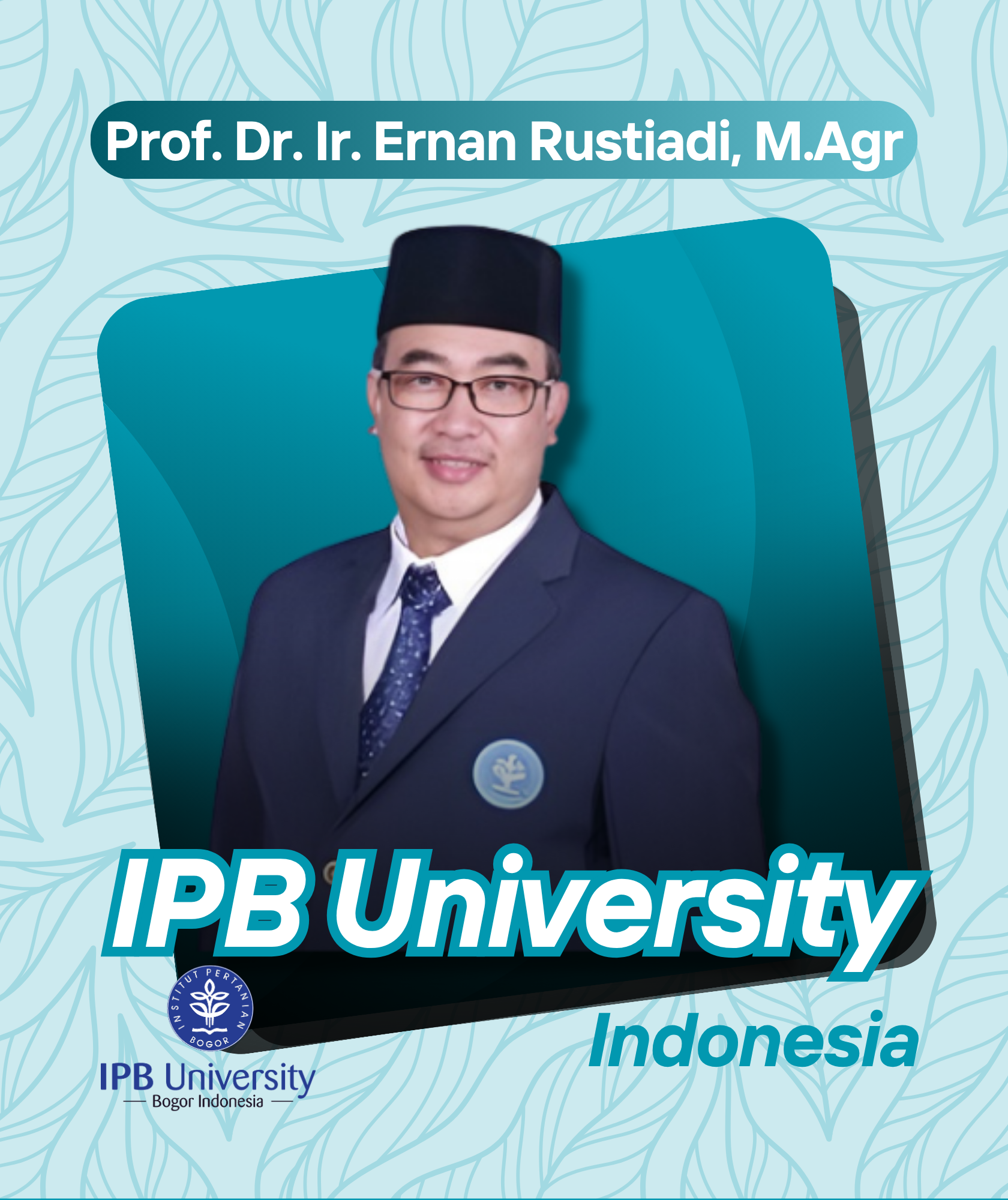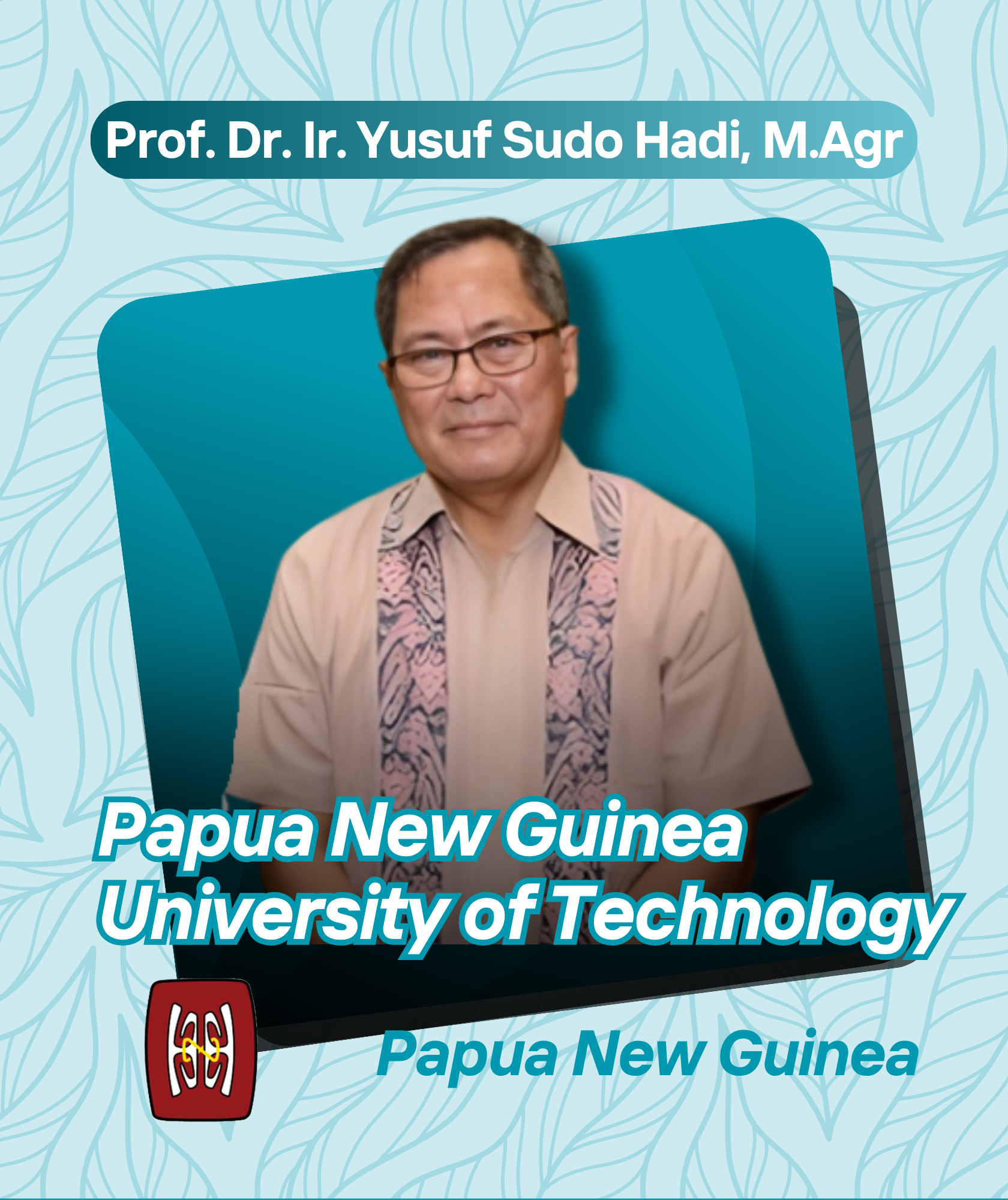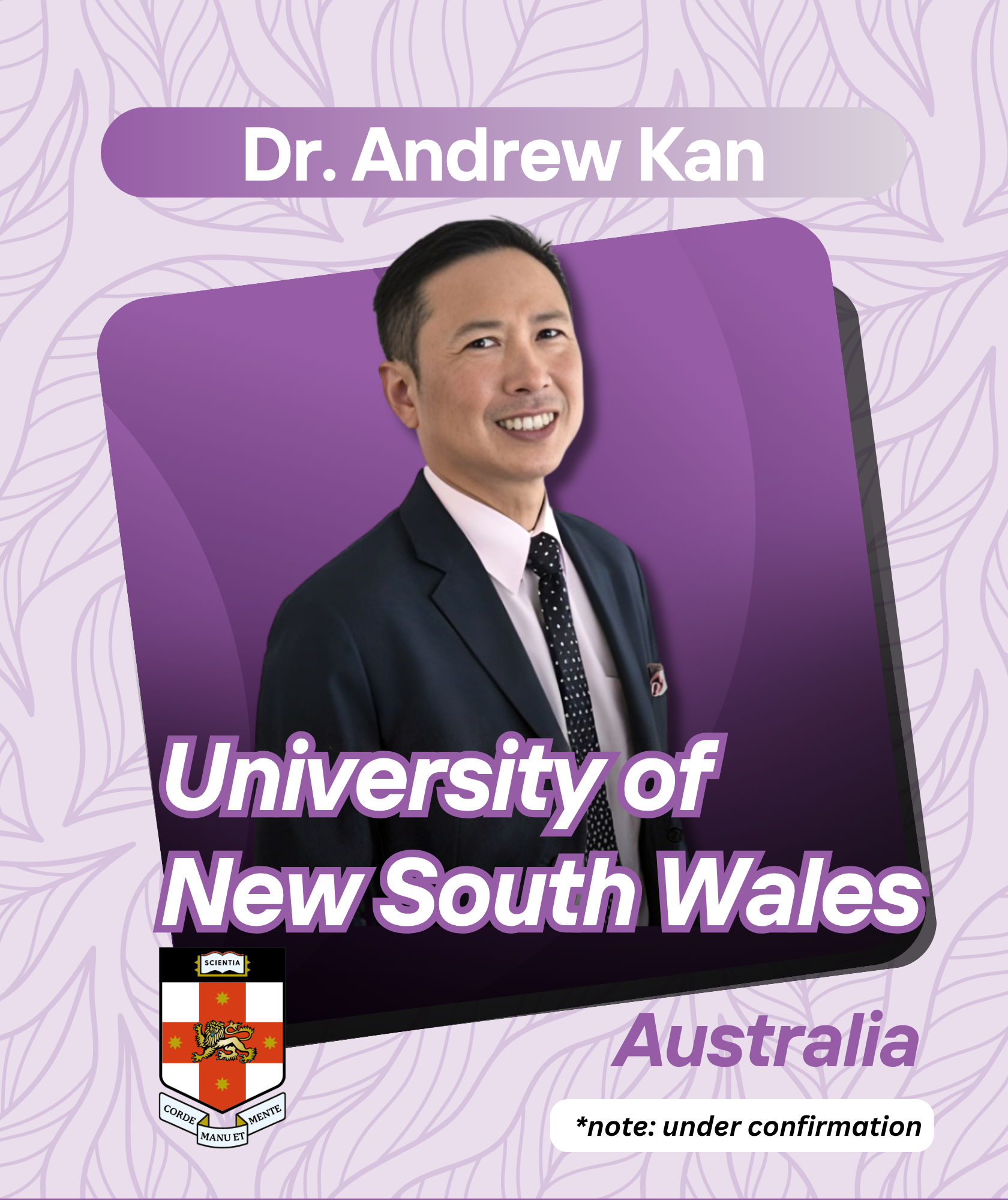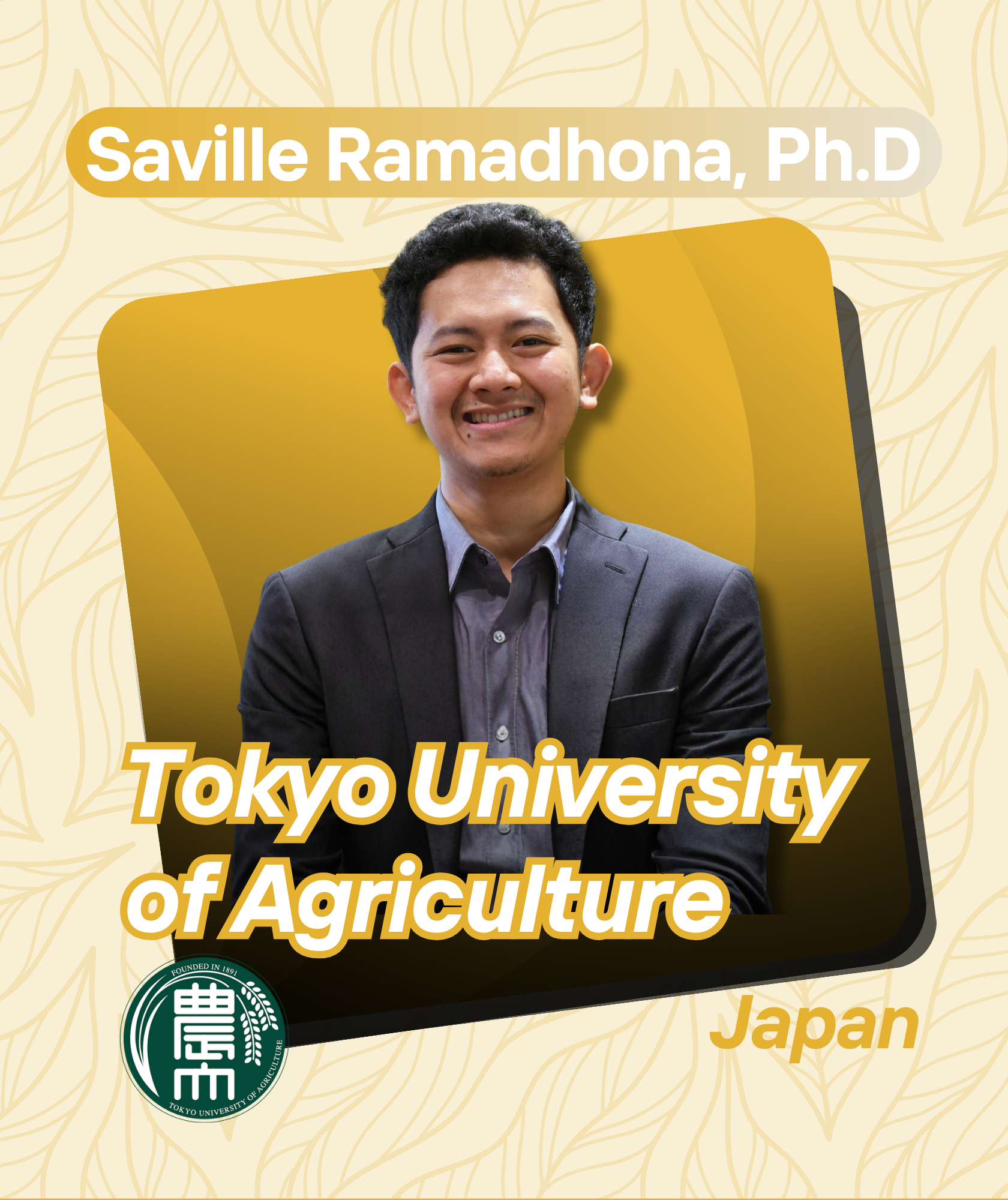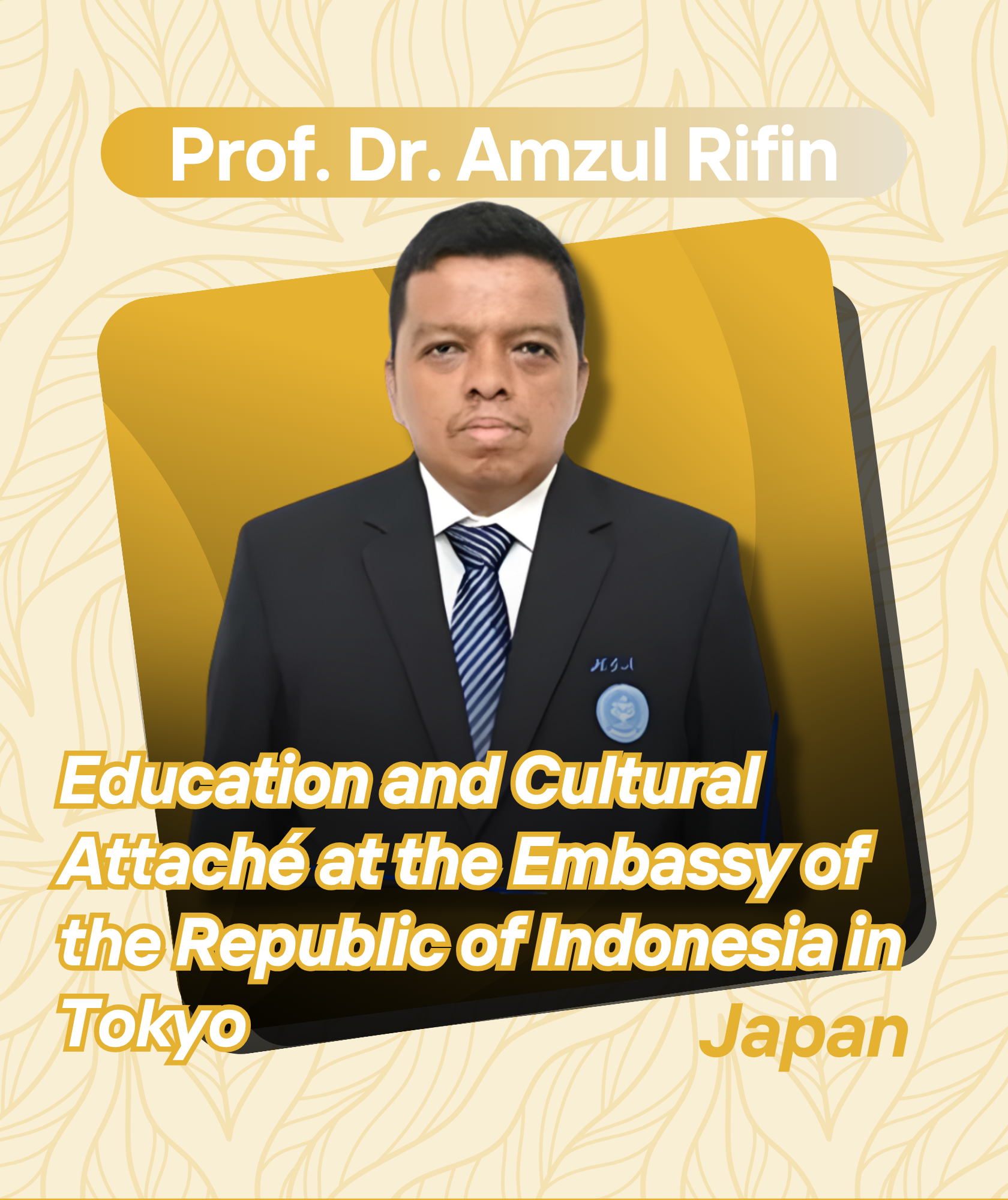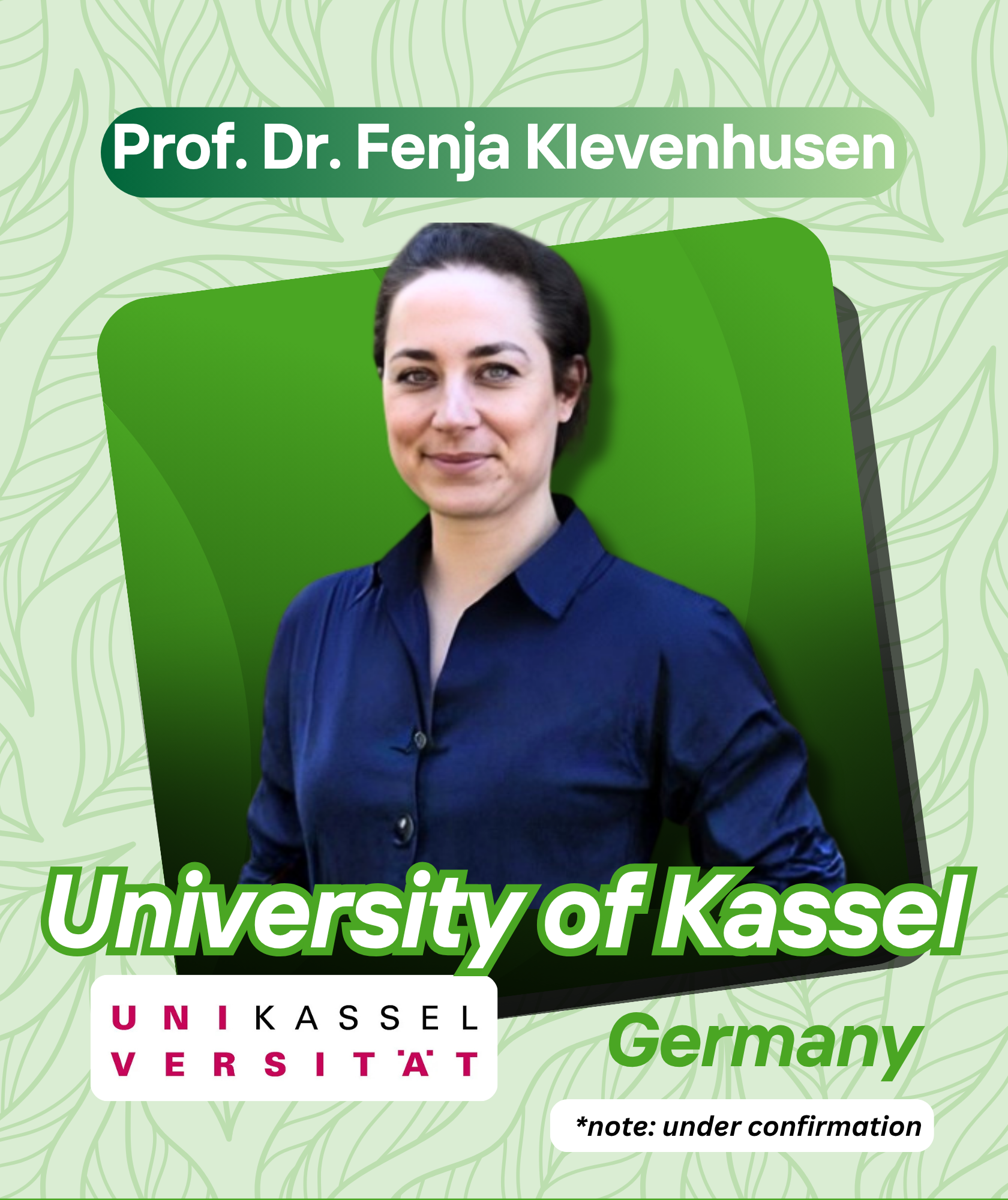Antibacterial Effectiveness of Hemolymph-Chitosan from Cockroach (Periplaneta americana) and Bandotan Leaf (Ageratum conyzoides L.) Extract
Keywords:
Antibacterial, antimicrobial resistance, bandotan leaf, chitosan, hemolymphAbstract
Background: The effectiveness of commonly used antibacterial is increasingly challenged by the global rise in antimicrobial resistance (AMR). Natural resources, such as plants and insects, offer promising potential as novel antibacterial agents.
Objectives: This study aimed to evaluate the antibacterial efficacy of the combination of hemolymph-chitosan extracted from cockroaches (Periplaneta americana) and extract from bandotan leaves (Ageratum conyzoides L.), as well as to determine the optimal gel formulation for antibacterial topical application of these ingredients.
Methods: The methodology included extraction of materials, characterization of cockroach-derived chitosan via Fourier-transform infrared spectroscopy (FTIR), phytochemical screening of bandotan leaves, formulation of gels with three different ingredient concentrations, and in vitro antibacterial activity testing.
Results: FTIR confirmed the characterization of cockroach chitosan. The presence of flavonoids and alkaloids in bandotan leaves was verified through phytochemical analysis. In vitro, antibacterial activity tests showed that all gel formulations displayed moderate antibacterial inhibition properties.
Conclusion: This study demonstrates the potential of hemolymph-chitosan derived from cockroaches and extracts from bandotan leaves as effective antibacterial agents. Further research, including optimization of gel formulations and in vivo studies, is recommended to validate and enhance the efficacy of these natural antimicrobials.

